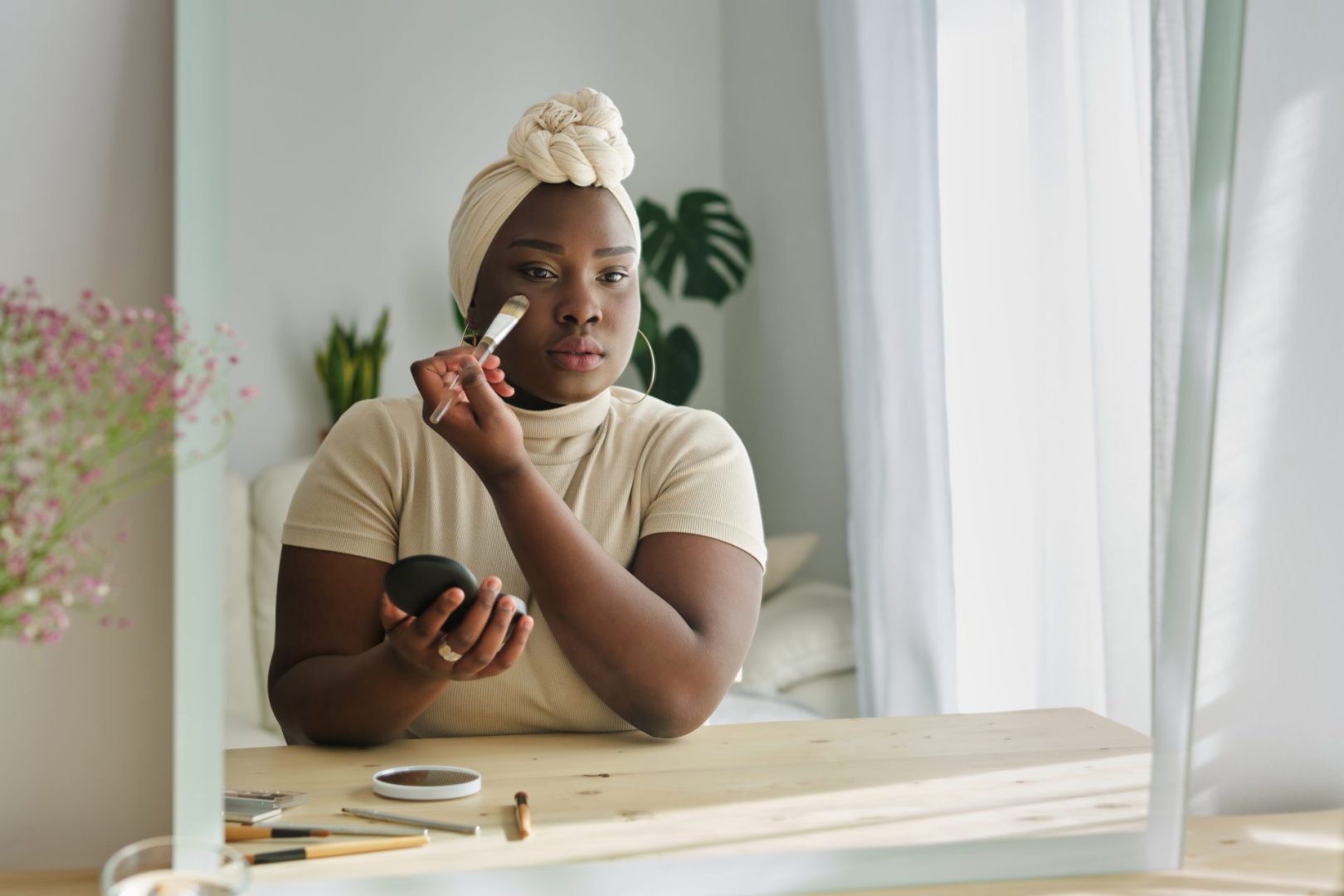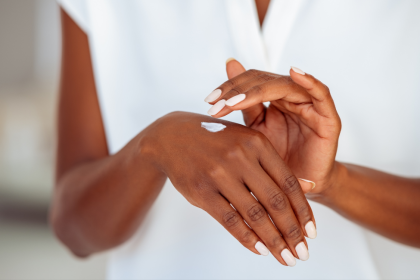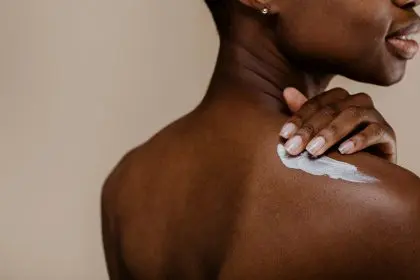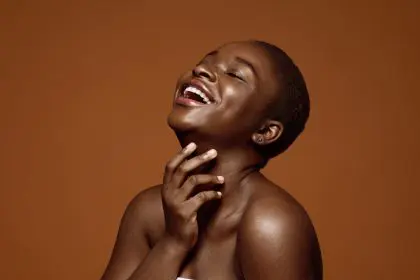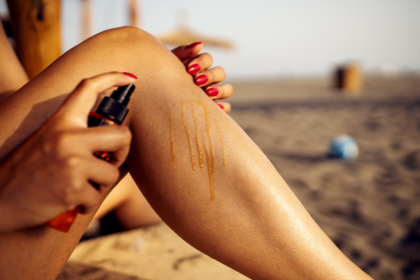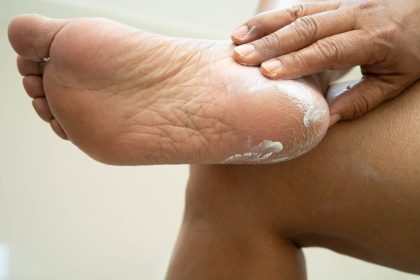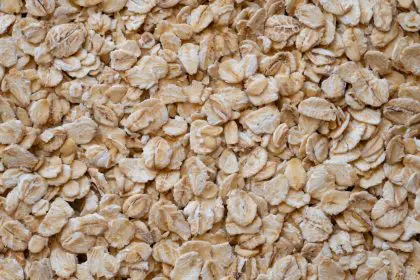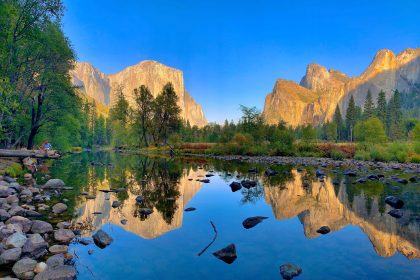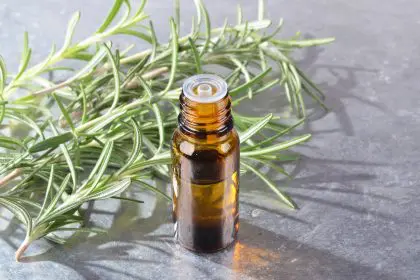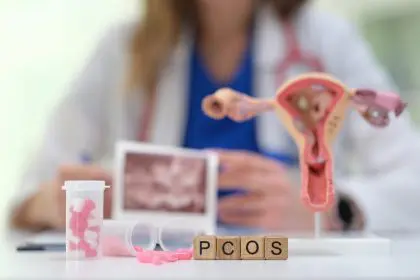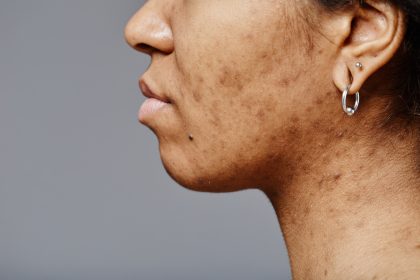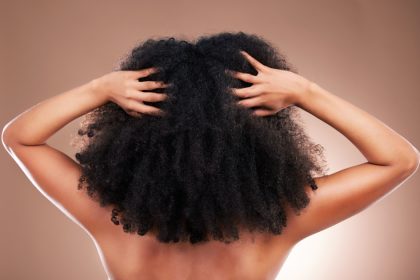The foundation sitting in your makeup bag might be your skin’s worst enemy, and you probably don’t even realize it. While powder foundation promises quick, easy coverage, it could be adding years to your appearance in ways that are subtle but undeniable.
Many women reach for powder foundation because it feels lighter than liquid alternatives and seems to provide instant coverage for imperfections. The convenience factor is undeniable – no blending tools required, no worry about streaks, and the perception that it won’t clog pores. But this seemingly innocent makeup choice might be working against your efforts to maintain a youthful, vibrant appearance.
The aging effects of powder foundation aren’t immediately obvious, which is why so many people continue using it without realizing the gradual impact on their appearance. The changes happen slowly, almost imperceptibly, until one day you look in the mirror and wonder why your makeup looks so different than it used to.
Understanding how powder foundation interacts with aging skin can help you make better choices about your daily makeup routine and potentially knock years off your appearance with simple adjustments.
The moisture-stealing culprit
Powder foundation works by absorbing oils and moisture from your skin, which is exactly why it can be so problematic for mature skin. As we age, our skin naturally produces less oil and retains less moisture, making it more prone to dryness and dehydration. When you apply powder foundation to already moisture-depleted skin, you’re essentially sucking out what little hydration remains.
- Powder particles absorb natural skin oils that provide a youthful glow
- Dry skin appears more textured and emphasizes fine lines
- Dehydrated skin loses its plumpness and elasticity
- Moisture loss accelerates the appearance of aging
This moisture-stealing effect becomes more pronounced as skin ages and loses its natural ability to maintain hydration. Young skin can often handle the drying effects of powder foundation because it produces enough oil to compensate. However, mature skin doesn’t have this luxury, and the result is a flat, dull appearance that emphasizes rather than conceals signs of aging.
The problem is compounded by the fact that many people apply powder foundation throughout the day for touch-ups, continually removing moisture from their skin. Each application strips away a little more of the natural oils that keep skin looking healthy and youthful.
The fine line emphasizer
One of the most significant ways powder foundation ages you is by settling into fine lines and wrinkles, making them appear deeper and more prominent than they actually are. This happens because powder particles are designed to adhere to skin, but they don’t discriminate between smooth surfaces and textured areas.
When powder settles into expression lines around the eyes, mouth, and forehead, it creates a highlighting effect that draws attention to these areas. Instead of camouflaging imperfections, the powder actually emphasizes them, creating the optical illusion of deeper, more pronounced wrinkles.
The settling effect is particularly problematic in areas where skin moves frequently, such as around the eyes when you smile or at the corners of the mouth when you speak. Throughout the day, facial expressions cause the powder to shift and collect in these dynamic areas, creating an increasingly aged appearance.
This issue becomes more noticeable as skin loses collagen and elasticity with age. Young skin bounces back quickly from facial expressions, preventing makeup from settling into temporary creases. Mature skin, however, holds onto these temporary impressions longer, giving powder foundation more opportunity to accumulate in unwanted areas.
The color-changing chameleon
Powder foundation often changes color throughout the day, and these shifts can be particularly unflattering on mature skin. The oxidation process that occurs when powder interacts with skin oils, air, and environmental factors can cause the foundation to appear darker, more orange, or more yellow than when first applied.
This color change is especially problematic because it often happens gradually, so you might not notice it immediately. By midday, your foundation might look completely different from how it appeared in the morning mirror. The altered color can make your complexion appear muddy, dull, or unnatural, all of which contribute to an aged appearance.
The oxidation process is accelerated by factors like heat, humidity, and skin oils. During warmer months or in heated indoor environments, powder foundation is more likely to undergo these unflattering color changes. The result is a makeup look that appears increasingly artificial and unflattering as the day progresses.
The texture trap
Powder foundation can create an artificial, chalky texture that’s particularly unflattering on mature skin. This texture issue occurs because powder particles don’t blend seamlessly with natural skin oils and moisture the way liquid formulations do. Instead, they sit on top of the skin, creating a visible layer that can look obvious and unnatural.
The chalky appearance is especially noticeable in natural lighting or when photographed, where the powder can create a flat, lifeless look that lacks the natural dimensionality of healthy skin. This artificial texture becomes more apparent on mature skin, which already has less natural radiance and evenness.
The texture problem is often exacerbated by application techniques. Many people apply powder foundation with dense brushes or sponges that pack the product onto the skin, creating an even thicker, more obvious layer. This heavy application can make the makeup look mask-like and age the wearer significantly.
The pore-clogging paradox
While powder foundation is often marketed as non-comedogenic and suitable for oily skin, it can actually contribute to clogged pores and skin issues that make you look older. The particles in powder foundation can mix with natural skin oils, dead skin cells, and environmental pollutants to create a paste-like substance that blocks pores.
Clogged pores lead to a variety of skin issues that can age your appearance, including blackheads, whiteheads, and enlarged pores. These problems create an uneven skin texture that’s difficult to camouflage with makeup and can make you look older than your years.
The pore-clogging effect is particularly problematic for people who wear powder foundation daily without properly cleansing their skin. The accumulated product builds up over time, creating increasingly stubborn blockages that can lead to breakouts and skin irritation.
The flash photography villain
Powder foundation’s interaction with camera flashes and certain types of lighting can create an aging effect that’s particularly noticeable in photos. The reflective particles in many powder foundations can cause flashback, where the skin appears ghostly white or ashy in flash photography.
This flashback effect is especially problematic at social events, professional photos, or any situation where you want to look your best. Instead of creating a flawless appearance, powder foundation can make you look washed out, older, or unnatural in photographs.
The lighting issues extend beyond flash photography to include certain types of indoor lighting, particularly fluorescent or LED lights. Under these conditions, powder foundation can appear chalky, emphasize texture, or create an unflattering color cast that ages your appearance.
Better alternatives for youthful skin
Liquid foundations formulated for mature skin offer superior hydration and a more natural finish than powder alternatives. These formulations often contain moisturizing ingredients and light-reflecting particles that create a youthful glow rather than a flat, matte appearance.
Tinted moisturizers and BB creams provide lighter coverage while delivering skincare benefits that support a youthful appearance. These products blend seamlessly with natural skin texture and provide the hydration that mature skin craves.
Cream foundations offer buildable coverage and a natural finish that works particularly well on dry or mature skin. These formulations blend easily and provide the moisture and flexibility that powder foundations lack.
Setting sprays can provide the longevity benefits of powder foundation without the aging effects. These products lock makeup in place while maintaining the natural finish and hydration of liquid formulations.
Application techniques that turn back time
The way you apply foundation can be just as important as the type of foundation you choose. Proper application techniques can minimize aging effects and create a more youthful appearance regardless of the product you use.
Skin preparation is crucial for achieving a youthful foundation look. Properly moisturized and primed skin provides a smooth canvas that helps any foundation look more natural and flattering.
Blending techniques that work with your skin’s natural texture rather than against it can help create a seamless, age-appropriate finish. This includes using the right tools and taking the time to blend thoroughly.
Light layering allows you to build coverage gradually while maintaining a natural appearance. This technique works particularly well for mature skin, which benefits from buildable coverage that doesn’t look heavy or obvious.
The psychological impact of makeup choices
The way your makeup looks affects how you feel about yourself, and this confidence factor plays a significant role in how others perceive your age. When your foundation looks natural and flattering, you feel more confident and youthful, which translates to a more vibrant overall appearance.
Conversely, when your makeup looks obvious, ages you, or doesn’t feel right, it can negatively impact your confidence and self-perception. This psychological effect can actually make you appear older than you are, beyond just the physical effects of the makeup itself.
Choosing makeup that makes you feel good about yourself is an important part of maintaining a youthful appearance. When you feel confident and comfortable in your skin, it shows in your posture, expression, and overall demeanor.
Making the switch
Transitioning away from powder foundation doesn’t have to be difficult or expensive. Start by experimenting with different formulations to find what works best for your skin type and lifestyle. Many drugstore brands offer excellent alternatives that won’t break the budget.
Consider your daily routine and choose products that fit your lifestyle. If you’re used to the convenience of powder foundation, look for liquid alternatives that offer similar ease of application and portability.
Be patient with the adjustment period. Your skin may need time to adapt to different formulations, and it might take some experimentation to find the right application techniques for your new products.
The key to maintaining a youthful appearance with makeup is choosing products that work with your skin rather than against it. By understanding how powder foundation might be aging you and exploring better alternatives, you can create a makeup routine that enhances your natural beauty and helps you look as young as you feel.
Remember that the goal isn’t to completely change your appearance but to enhance your natural features in a way that’s flattering and age-appropriate. The right foundation should make you feel confident and comfortable while creating a canvas that highlights your best features and minimizes any concerns you might have about aging.

